A U.S. Navy Douglas SBD-5 Dauntless of bombing squadron VB-16 flies an antisubmarine patrol low over the battleship USS Washington (BB-56) en route to the invasion of the Gilbert Islands, 12 November 1943. Image via U.S. Navy National Museum of Naval Aviation/Wikimedia.
Call of Duty has returned to World War II. It wasn’t so long ago that Call of Duty 4: Modern Warfare saved us from drowning in World War II games. Unfortunately, its success meant we spent the next several years drowning in modern military shooters instead, and when we got tired of that, game devs gave us near-future combat, and now, finally, fourteen years after it began, Call of Duty is returning home.
This post originally appeared November 2017.
No historic conflict is quite as perfect for video games as World War II. It was, arguably, the last war with a clear sense of good and evil. On one side, you had a bunch of people minding their own business, and on the other, you had people who thought genocide was a great way to spend their time.
It’s not hard to pick a side. The war spanned the globe, taking place in unique, exciting locations. From a gameplay perspective, WWII weapons are some of the best: analogue enough to be interesting, and devastating enough to feel good to use.
Consider other historical shooters: DICE had to resort to historical inaccuracy to allow automatic weapons into Battlefield 1, their World War I shooter. Games set during later conflicts, like the Vietnam War, feature plenty of interesting weapons, but America’s role in the war is far from morally justifiable.
World War II is the only conflict in recent history that is perfect for modern AAA video games, especially when it comes to first person shooters like Call of Duty.
Unfortunately, most WWII games are a mishmash of America’s contribution to the Western front, including the D-Day invasion, Operation Market Garden, and the Battle of the Bulge, as well as Russian battles in Stalingrad and Kursk.
Several Call of Duty games have portrayed these battles, as have series like Company of Heroes, Medal of Honour, Brothers in Arms, and Blitzkrieg, among others. A few Call of Duty games like Big Red One have been to Italy.
Even though World War II is perfect for video games, it isn’t always perfect for shooters. Many of WWII’s most important conflicts, especially in Europe during 1941 and 1944, were fought in the air, and while manning a bomber turret or piloting a fighter can be fun, it’s not something you’d want to build a Call of Duty campaign around. This means it’s best to look to ground conflicts.
The Pacific Theatre is criminally overlooked in WWII games. In fact, the only AAA games I can recall being set there are Call of Duty: World at War and Medal of Honour: Pacific Assault. Major conflicts like Guadalcanal and Iwo Jima are skimmed over. Where else could Call of Duty go? Here are some underrepresented WWII battles, soldiers, and operations that would make great Call of Duty games.
The Battle of Attu
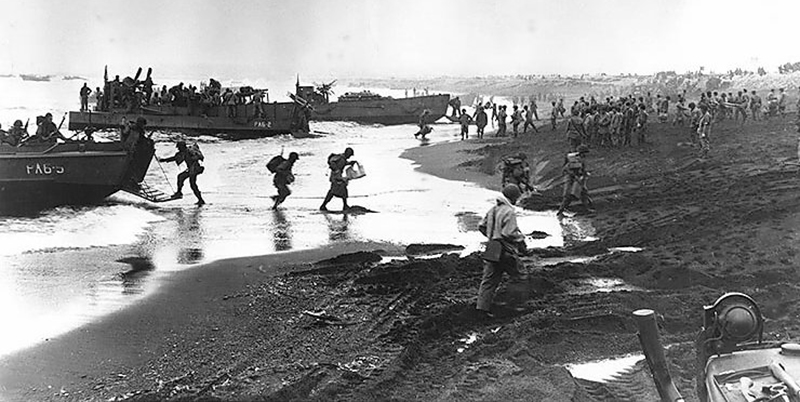
Attu invasion, via US Naval Historical Center/Wikimedia
In 1942, Japanese military leadership decided the best way to protect Japan was by invading Alaska. Their forces took several islands in the Aleutians, which they occupied for nearly a year, until American and Canadian forces fought them at the Battle of Attu.
Despite the assistance of Castner’s Cutthroats, a unique platoon of Alaskan scouts who lived off the land, the American attack was hampered by awful weather and mechanical failures.
The Japanese took advantage of this by digging in on elevated terrain. In the nearly two weeks that followed, thousands died on both sides. The battle ended when the Japanese, on the verge of defeat, led an unsuccessful banzai charge, one of the largest of World War II.
The Battle of Attu would make an interesting video game setting not just because it’s forgotten, but because the unique terrain and weather conditions have never been explored in a WWII game. The scale of the Japanese banzai charge would make for an incredible set piece and a powerful climax to one of WWII’s strangest battles.
The Lost Battalion
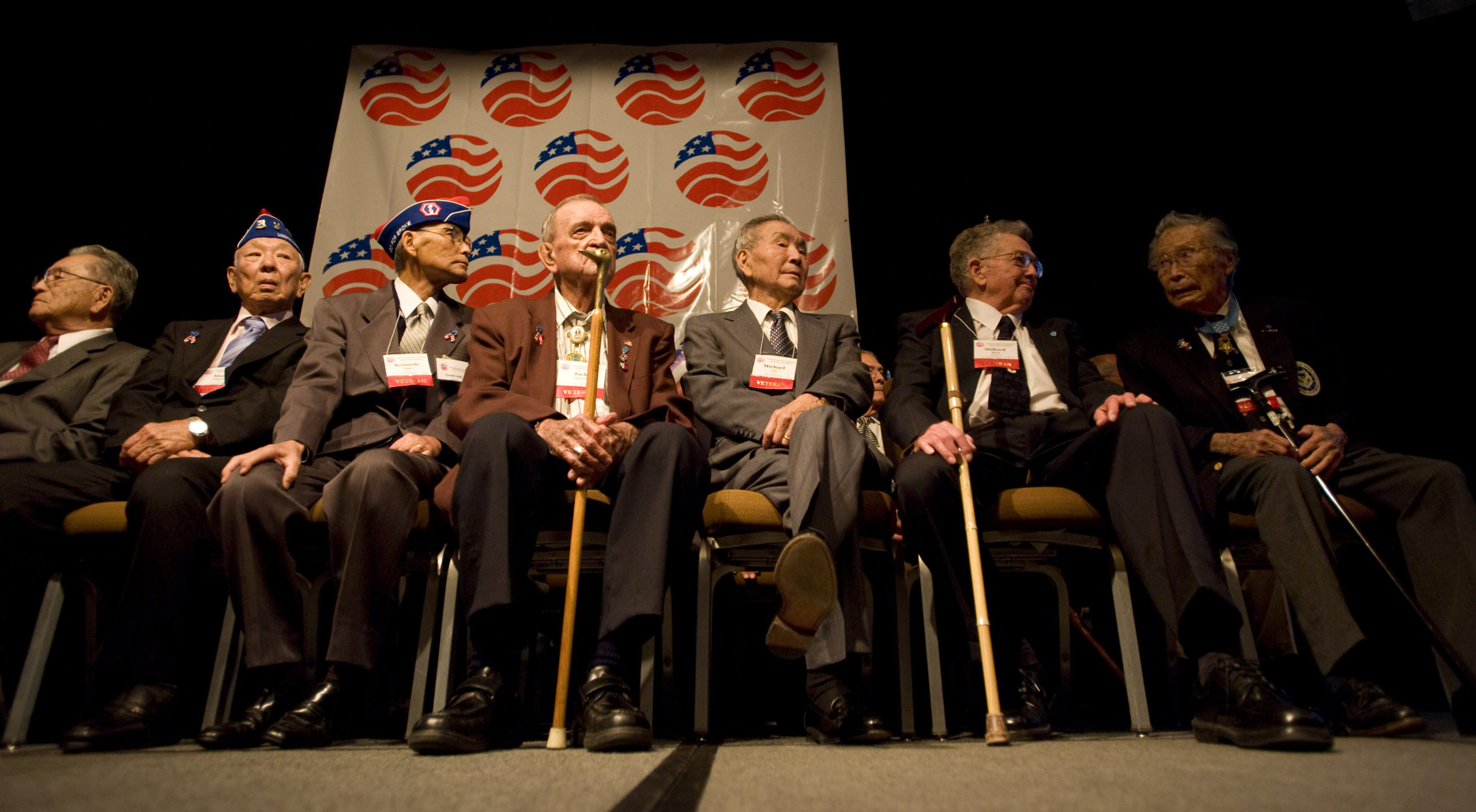
Veterans of Texas’ 1st Battalion, 141st Infantry Regiment, 36th Division, and the Japanese-American 442nd Regimental Combat Team. Photo via AP Photo/Sharon Steinmann.
Call of Duty 4’s nuke is the series’ defining moment. Oh, sure, it’s had bigger and better set pieces, but nothing like the shock of actually dying mid-way through the campaign.
It’s this potent mix that drives Call of Duty’s set pieces. For World War II, what could be more shocking than a battalion of Americans, surrounded by German forces, being saved by Japanese soldiers?
One of America’s greatest sins during World War II was its unjustified, racially-motivated imprisonment of Japanese-Americans. After the Pearl Harbour attack, the American government decided that people of Japanese descent had to be imprisoned to keep the nation safe.
Despite this indignity, many brave Japanese-American men fought on behalf of their home, serving in the segregated 422nd Infantry Regiment.
On October 24, 1944, deep in Eastern France, the Germans cut off 275 soldiers of the American 1st Battalion of the 36th Infantry Division. Two other battalions of the 36th Infantry Division attempted to rescue them, but both were repelled by German forces. All seemed lost until the 422nd Infantry Regiment arrived.
At tremendous cost to themselves, with over 200 KIA or MIA and over 2,000 wounded, the 422nd was able to rescue 211 men. America’s failure to support its Japanese populace during WWII is one of its greatest failures, but when duty called, the 422nd answered with a fierce and unshakeable courage. What could be more appropriate for a Call of Duty game than that?
Simo Häyhä
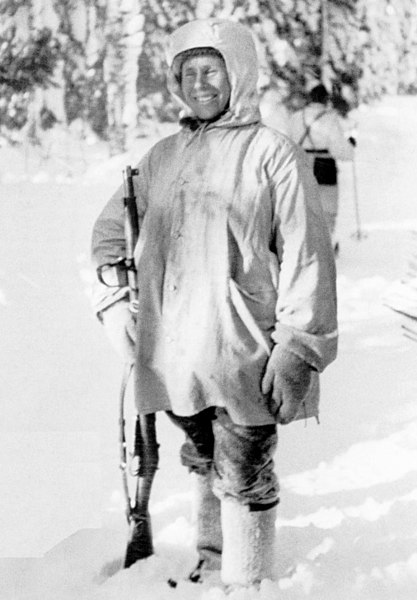
Simo Häyhä after being awarded with the honorary rifle model 28. Image via Finnish Military Archives/Wikimedia.
Before the war, Simo Häyhä was a simple Finnish farmer. When he was called into action, Häyhä became the world’s deadliest sniper, bagging a reported 505 kills.
Häyhä trekked through Finnish forests during freezing winters, usually alone, armed with a handful of rounds, the warmest gear he could find, and as much food as he could carry. For days, he’d wait for Russian targets, often letting less important targets go by to establish a false sense of security.
Once, when a fellow soldier was killed, Häyhä tracked down the sniper responsible and put a bullet through his head from nearly 457.20m away.
Eventually, a Russian sniper fired an explosive bullet into Häyhä’s head, which shredded half his face. After four days unconscious, he recovered, retiring to hunt moose before eventually dying at the age of 96.
Finland’s exploits during WWII are fascinating; one battle saw thousands of Soviets facing off against a mere 32 Finns, and the Finns won. Over time, they developed “motti” tactics, a style of combat that intentionally allows the enemy to take ground, before encircling them, cutting them off from supplies, and picking them off one by one.
Despite their overwhelming numerical advantage, the Soviets eventually made peace with the Finns, thanks in large part to soldiers like Häyhä.
Operation Chariot
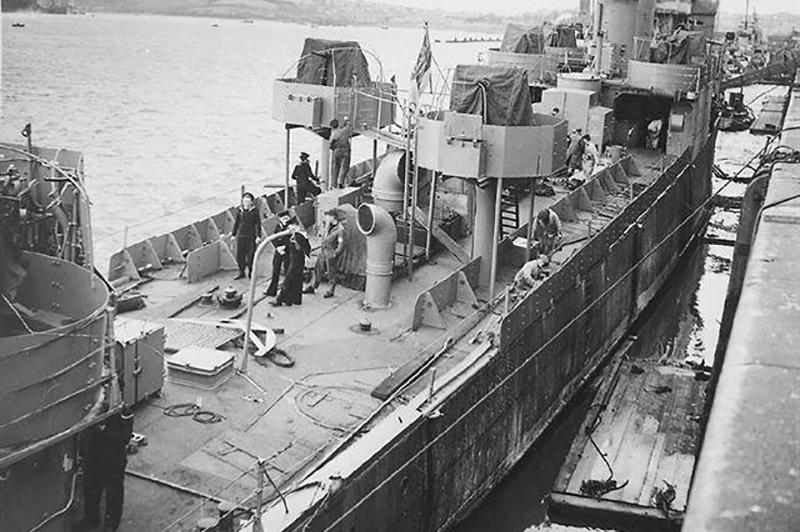
HMS Cambeltown. Image via Royal Navy/Wikimedia.
Ships like the Tirpitz and German U-Boats terrorised the British fleets during WWII. The German shipyard at St. Nazaire kept their ships well-equipped, and there was little the Allies could do to stop them.
Until they came up with one of the wildest plans ever conceived: turn a boat into a gigantic bomb and blow it all up.
In 1942, the HMS Campbeltown, an American-built destroyer, was packed full of hidden explosives set on a time delay. Alongside a force of commandos and 18 other ships, the Campbeltown sailed right into St. Nazaire, crashing through the gates at the drydocks.
Some of the commandos managed to escape the crash and fight their way through St. Nazaire. The Germans had destroyed most of the British boats, which meant that the majority of commandos were either killed or captured when they ran out of ammunition.
Several high-ranking Germans boarded the Campbeltown to investigate, unaware that it had been converted into a bomb. The explosion killed nearly 360 men. German guards mistook some of their own men as British soldiers and killed them, raising the casualty count even higher.
As a result of the daring raid, the Nazis lost their biggest drydock.
Operation Gunnerside
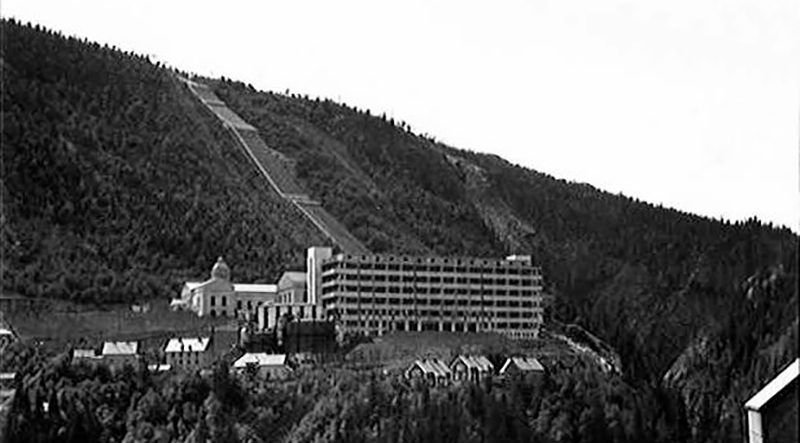
Vemork Hydroelectric Plant. Image via Wikimedia.
As fun as it is to imagine Allied soldiers fighting against Nazi super-science, most of the advanced technology the Nazis conceptualized near the end of the war was the result of desperation and would never have actually worked.
That said, the Nazis were dangerously close to creating their own nuclear bombs. They would have gotten away with it, if it hadn’t been for a small team of Norwegians.
Operation Gunnerside was considered to be one of, if not the, most successful sabotage missions of WWII. The Germans had captured the Vemork Hydroelectric Plant, a Norwegian facility capable of producing “heavy water,” a substance needed for the creation of nuclear bombs.
After a failed Allied attempt at destroying the plant, the Germans tightened their security. The only means of access to the facility was across a bridge that spanned a 201.17m deep ravine, covered with guards and lights, making it almost impossible to assault.
The Norwegians decided to avoid attacking the facility head on. Instead, they descended the ravine, crossed the river at the bottom, and climbed back up the cliff. They followed a train track into the facility, where they found an old Norwegian caretaker named Johansen who was all too happy to help them blow up the plant.
Just after the Norwegian commandos planted the bombs, Johansen realised he couldn’t find his glasses. After a desperate search, the commandos found his glasses, lit the fuses, and ran, leaving behind a Tommy gun.
Their hope was that the Nazis would find the Tommy gun, assume the British had sabotaged the facility, blame them instead, and avoid punishing the locals for the raid. After the explosion, which destroyed the plant, greatly limiting the Nazis ability to research nuclear weapons, the Germans sent 3,000 troops to find the commandos, but were unable to locate them.
Thankfully, all of the saboteurs escaped, with some skiing to Sweden and Oslo and others staying behind to assist in further resistance. Thanks to their efforts, the Germans were unable to complete their nuclear bomb research.
Castle Itter
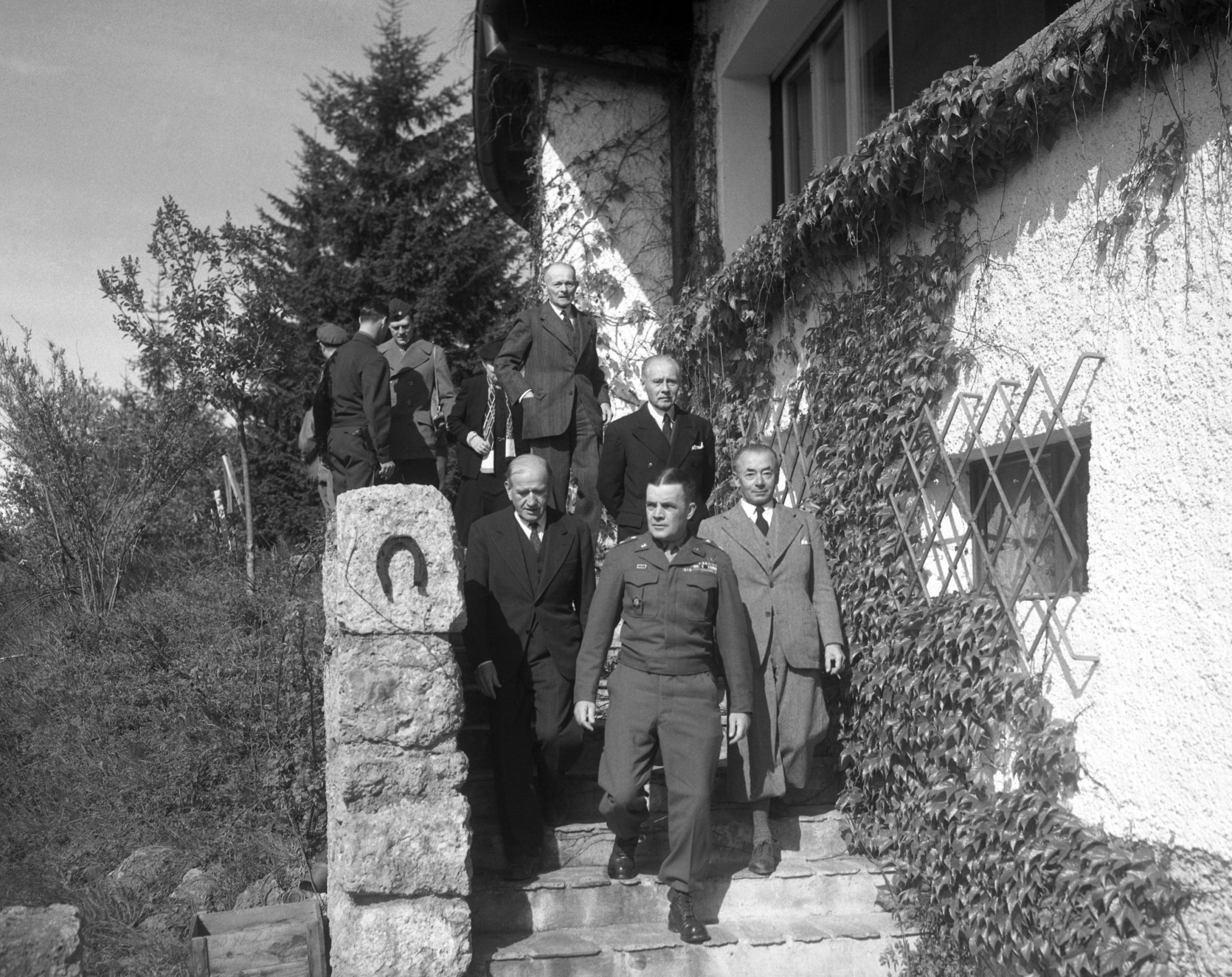
High-ranking French prisoners being released from Castle Itter. Image via AP Photo/Jim Pringle.
Did you know that Americans and Germans fought alongside each other during WWII?
Castle Itter was a Nazi prison for French VIPs in Austria. Former prime ministers, generals, and even a tennis star were locked inside its walls. Near the end of the war, the Nazis were losing, and the German army decided to take things out on the local populace in the nearby town of Wörgl.
They shot anyone who displayed a white or Austrian flag, and they executed any males as assumed deserters. This didn’t sit right with Josef Gangl, a member of the SS, who decided to protect the town by joining the local resistance and fending off Nazi forces.
The Itter prison camp commander, Sebastian Wimmer, sought help, but when he heard nothing back, he began to worry. When another German officer, the former Dachau concentration camp commander Eduard Weiter, died under mysterious circumstances, Wimmer fled, and the French prisoners took over the castle.
The Americans attempted a rescue but were pushed back by artillery fire. Four Sherman tanks led by Captain Jack Lee, however, had pushed into a town north of Wörgl. When Gangl found this out, he requested Lee’s help, and Lee was happy to comply.
With just a few of his own men and the Germans, Lee fortified the castle as best he could. He ordered the French prisoners to hide, but they refused, demanding to fight alongside him.
When the Nazis attacked the next day, they were as ready as they could be. For most of the day, Germans and Americans fought alongside each other, for the first and only time during WWII, determined to protect the former prisoners.
When their radio was destroyed before they could report the number of enemy troops to nearby allies, tennis star Jean Borotra volunteered to vault the wall and run to a nearby town for reinforcements. Eventually, help arrived, the Nazis were defeated, and Castle Itter was saved.
The power of a first person game is to put you in the moment. Third person games work more like movies, and strategy games make things so abstract they can lose the personal touch entirely. Shooters like Call of Duty have the ability to transport us back in time, to let us live through harrowing moments first hand.
There’s a power found in being there; no other medium, no other genre, can provide that same feeling.
I’m excited about Call of Duty: WWII. In this era of service-based games, good shooter campaigns are few and far between. The last major WWII FPS I can think of was Call of Duty: World at War, released 9 years ago.
It’s great to see Call of Duty returning to its roots, but I hope that future Call of Duty campaigns display a willingness to explore some of WWII’s less familiar battles, because they’re just as exciting and astonishing, and they deserve to be remembered.
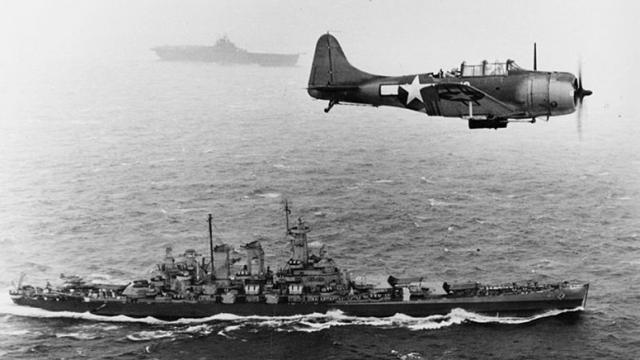
Comments
14 responses to “Lesser-Known Moments From World War II That Should Be In Video Games”
This was why I loved the first Call of Duty. To that point, the biggest WW2 title had been Medal of Honour, covering the Normandy landing, already being covered at the time by Saving Private Ryan and Band of Brothers. For a while it seemed like the only thing media knew about WW2 was Operation Overlord… then Call of Duty gave us the British and Soviet campaigns, featuring stories that seemed too far removed from what I’d seen in media to be true, but were based on events just as real as D-Day. Subsequent titles took it further.
(Also, Doc, you forgot to mention Battlefield 1942 as covering the Pacific theatre, but perhaps that was because it didn’t really have a single-player campaign.)
wtf Häyhä I would have thought he died after being shot in the face but reading it was like “nope, he lived to the age of 96”
haha
The pacific theatre also has MoH Rising Sun that is only half a game.
Although it didn’t have a single-player campaign as such, Battlefield 1942 covered a lot of more interesting conflicts than the games you mentioned. And with the use of bots, it could still be played single-player.
Just a note, the Japanese invasion of the Aleutians (Operation AL) was meant to be a diversion – it was launched simultaneously with Operation MI, Japan’s ill-fated attempt to take Midway.
Didn’t the original MOH cover the sabotage of a Nazi nuclear bomb? Though from memory, it played more like a spy mission where you had to sneak in by yourself with fake documents and a disguise.
Someone needs to make a movie about Castle Itter. It’s such a weird story.
A great article. Thanks GB!
The St. Nazaire raid was covered in Medal of Honor: European Assault.
Some other scenarios:
1) The Dunkirk rearguard: with the success of the recent film, a mission where British troops have to hold German forces from rolling into Dunkirk and destroying the evacuating army;
2) Crete: the first massed deployment of paratroops, Commonwealth troops have to withstand the invasion of German paratroops;
2a) Ill Met by Moonlight: the kidnapping of General Kreipe by British Commandos from his headquarters in Crete; a book and a film was made of this exploit;
3) Operation Dragoon- the invasion of Southern France: the August 1944 invasion had an easier time against second rate German and Vichy forces. Second rate, but still hard fighters;
4) The Siege of Tobruk: the occupation of the North Africa town by Australian troops was a thorn in the side of the Afrika Korps, forcing General Rommel to divert much needed resources from his thrusts into Egypt and the Suez Canal;
5) A German scenario! Isolated and vastly outnumbered, a group of German soldiers are trying to reach American forces in Germany to surrender to them. Surrendering to the Soviet armies is not an option. But first they need to pass through several miles of Russian occupied land. Fighting their way out is also not an option, as the Russians would wipe them out. The only way is to infiltrate the heavy forest, evading Russian patrols, towards “freedom”.
An uncle of mine was one of the ‘rats of Tobruk’ he was captured and sent to a POW camp in Italy where he apparently spent most of his time escaping.. and heading to the local pub, getting drunk and waiting for the Germans and Italians to notice he was missing and come pick him up and drive him back
My pop was a rat of Tobruk. Afterwards he was in Syria followed by Milne Bay in PNG. He was part of 2/12th Battalion.
4) Hitler: Why have you not taken North Africa?
Rommel: Tobruk!
Hitler: A pack of colonials?
Rommel: Give me 1 battalion of these “colonials” and i will give you All of Africa in a week!
Sorry, think there might be a typo, should it actually read,
“For World War II, what could be more shocking than a battalion of Americans, surrounded by German forces, being saved by American soldiers of Japanese descent?”
Just saying…
Oh, and it was actually the 442nd Infantry Regiment.
I remember seeing an interview with a member of the 422nd Infantry Regiment. After the rescue a general came by and they were told to stand to attention. and the general was angry because hardly any men were there thinking they were being lazy. but he was shocked to discover that’s all that was left.
There is a what if that is almost never touched and that is the hypothetical invasion of Japan
What about the Kokoda track? Fighting retreat against the Japanese in some of the most inhospitable terrain of the war.
Kokoda? Rats of Tobruk?